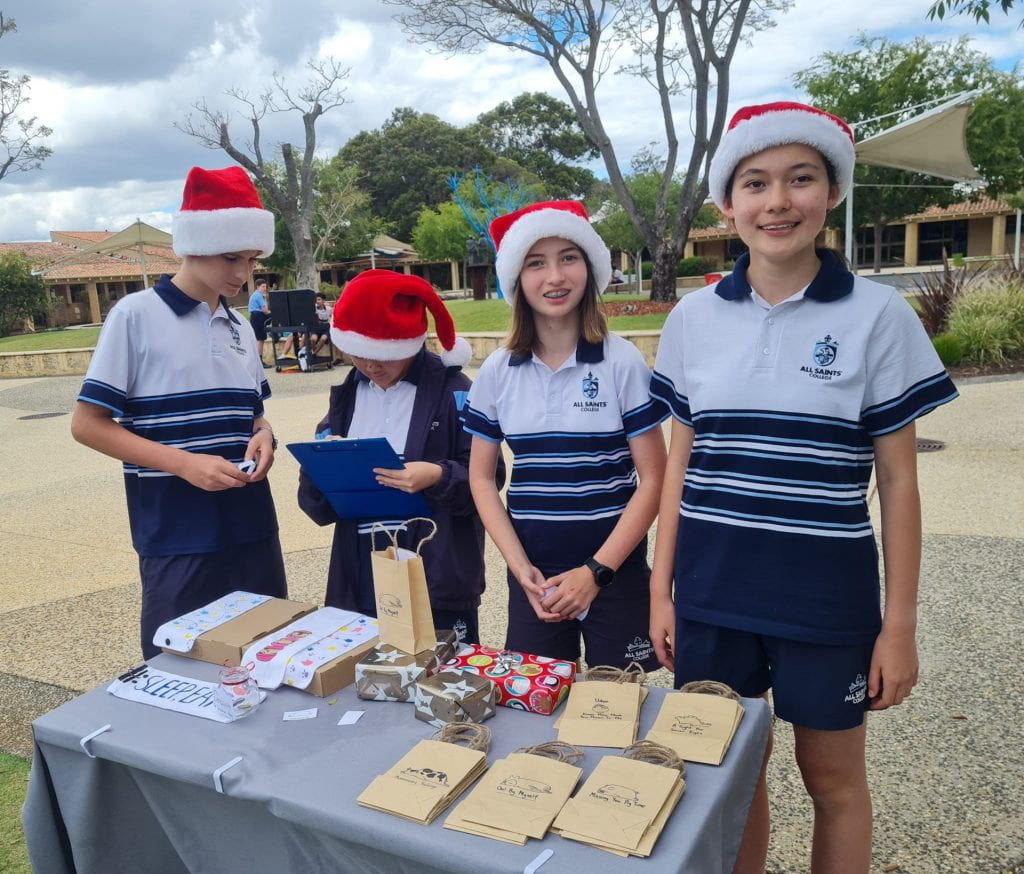
2021 Christmas Market
Our Christmas Market project provides an opportunity to year 7s to create a small business in a group or pair and sell products that you make to the rest of the Senior and Junior School. This task includes the learning objectives of Humanities, English, and InnovatEd which helps with understanding the economic concepts of businesses in the real world.
In my group, there was Asha, Anna, Will, and I. The products we decided on were tote bags, paper gift bags, and pouches with pun filled designs painted on them. Our business name was Tote-tally (We made sure to include a pun in our name).

The Stages of Our Design Thinking Process:
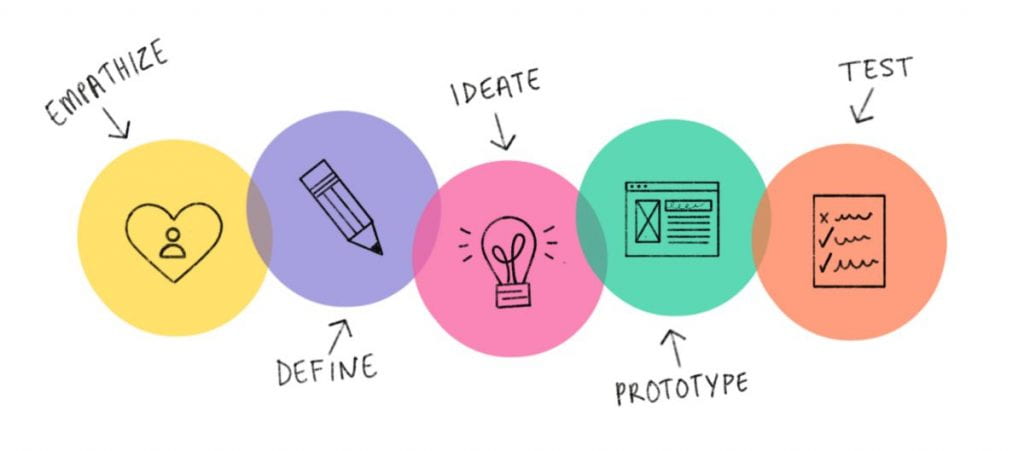
What is the Design Thinking Process?
The design thinking process are a group of key steps that a person should use to lead to a successful end product. Within the steps it outlines and helps you cover the important stages of the procedure leading up to your final result. The steps include empathise, define, ideate, prototype and test.
Empathise: Connect with your audience or the stakeholders on their situation (financial etc.), how it will affect them, what their reactions may be etc.
Define: Narrow down your audience types, your goals, or/and topics you want to work with.
Ideate: Brainstorm different ideas on what your product could be then go back to define to condense down your ideas to a few taking into consideration of cost, sustainability, and how the audience would react.
Prototype: Create a sample of your product to test factors like your peers’/audiences’ opinions, whether or not the creation process works etc.
Test: Test your product marking it against the factors of what you want it to do, receive feedback from peers or your audience and then if you have aspects you need to fix repeat the process.
Step 1-Empathise: Before we started generating ideas for products, we started learning some economic strategies and concepts that would help us with understanding the market and our audience. We tried to understand our audience for what they would buy, how much they might want to pay for it, etc.
Step 2- Define: Then in our groups, we narrowed down who our audience was, types of products we might want to sell, what’s the key point of our product etc.
Step 3- Ideate: In our groups, we searched on the internet for inspiration on what we could sell. We came up with a few ideas such as jewellery, bags, pouches, and keychains. Then, we eliminated certain options such as jewellery and keychains because we thought they would be to common, and all decided as a group to go with printed tote bags. Our final idea was to make printed tote bags, pouches, and paper gift bags that had puns on them.
We continued to search online for the different supplies we needed to make our product taking into consideration of price, availability, and the quality. We had to eliminate a lot of different methods on how we would get our design on the bags and settled on using acrylic paint.
Step 4- Prototype: Our group organised a prototyping session at one of the member’s houses to test whether or not our method of making our bags. Our process was to cute half of the bottom off, and make a pouch out of it, sew the hole back up, then paint both the bags and pouches. Luckily, our first prototype worked with the sewing and all we had left was to see if the we could paint on the bag. The acrylic paint stuck to the bag’s material so then we moved on to the testing.
Step 5- Test: There were two main things that we decided needed to be tested. One would be whether or not the paint would stay on the bag after a wash/soak, and number two would be if our consumers would like the designs and would actually buy a pouch or bag.
We brought the test bag and pouch in the next day in to ask the opinions of our classmates and the response was really positive. Then, we created a survey on what price they would pay for the bags to start to have an idea of what we should set the price around.
The next time we met up, we put the tester bag in a bucket of water, soaked it, and aggressively rubbed it together to see if the paint was coming off. In the end, after we took it out, the paint hadn’t rubbed off so we were ready to pitch to our teacher to receive our loan that we would buy our supplies with.


Making the Real Products
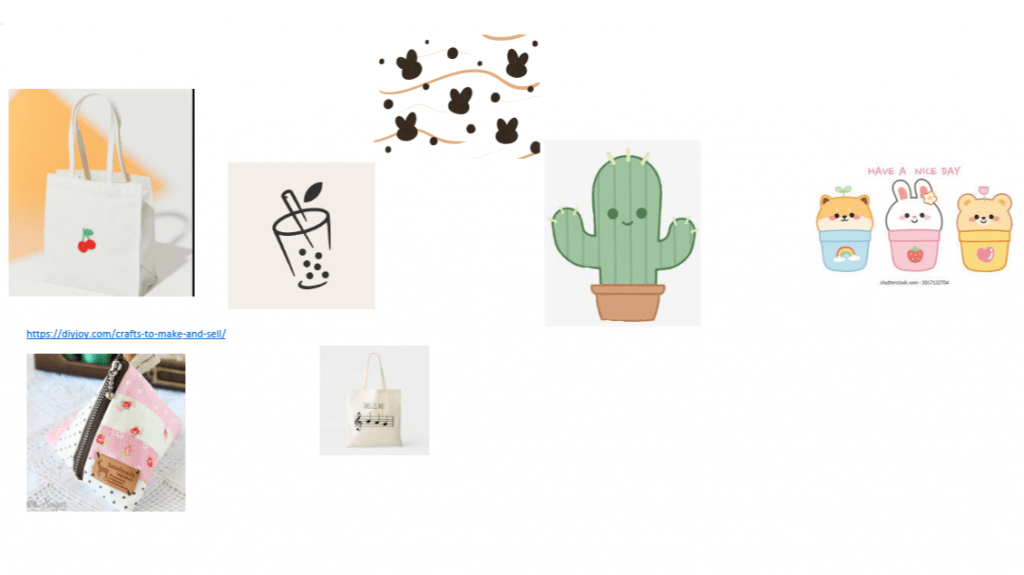
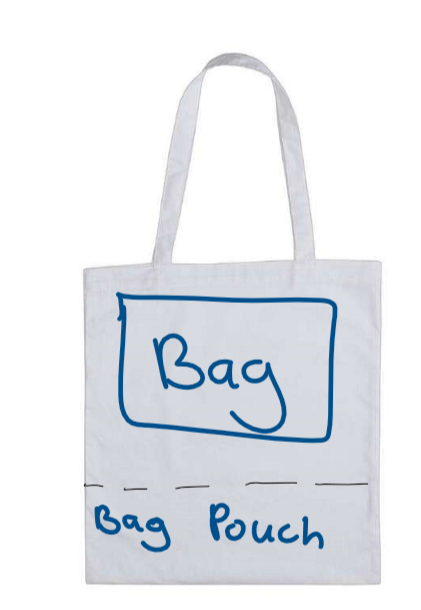
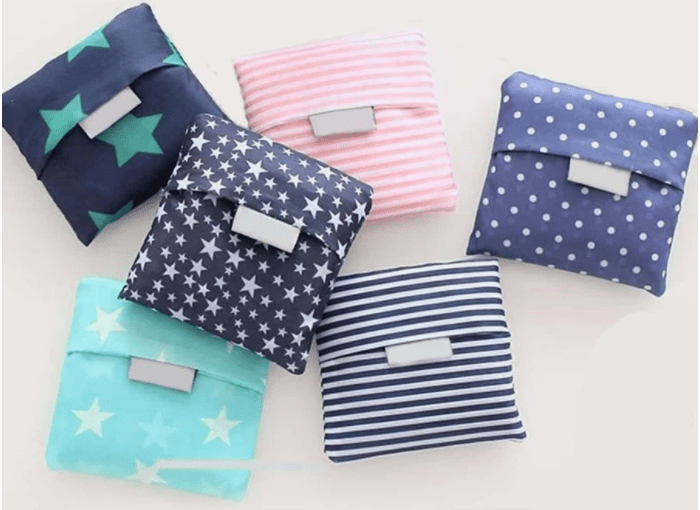
Foldable bag inspiration.
After we bought all our supplies, we met up as a group get as many products finished as possible. We didn’t get that many painted since the sewing took a lot of time so we had to work on it during school or after school. When we had finished we had 8 bags and pouches made and 20 paper gift bags.
The final products:

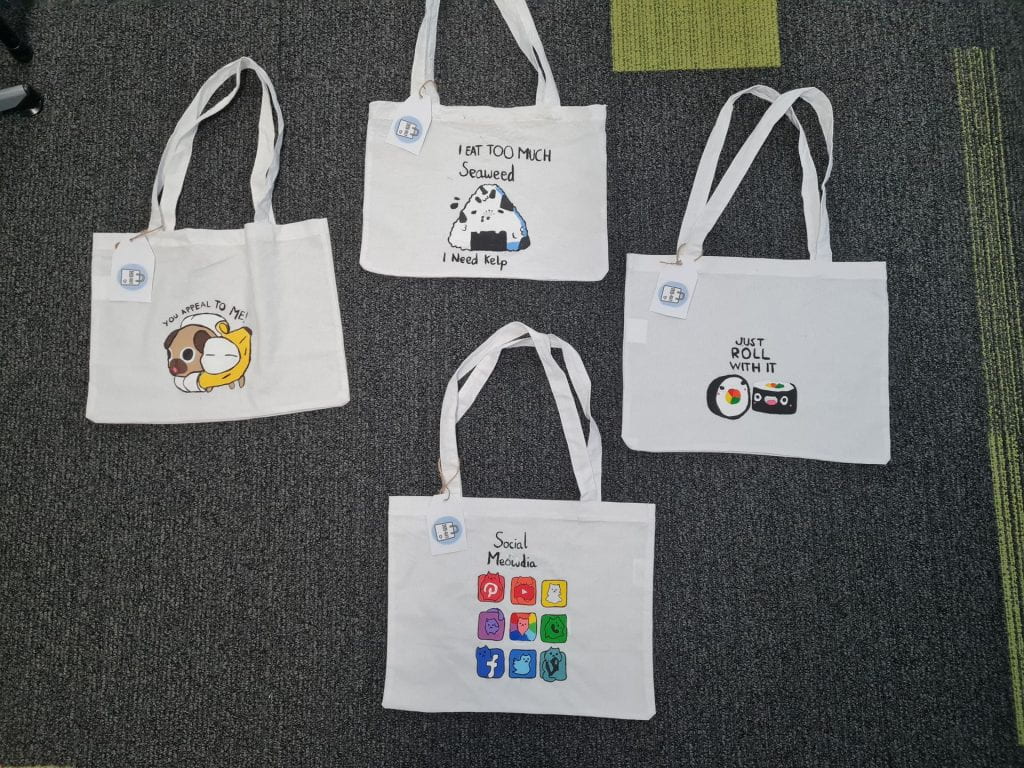
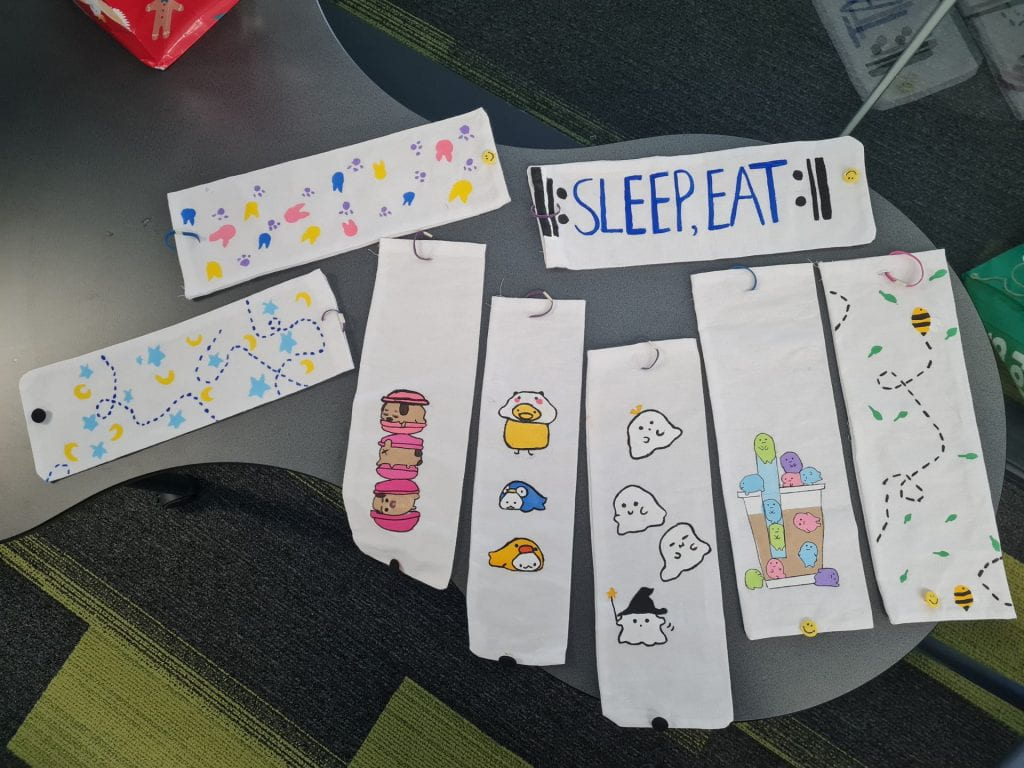
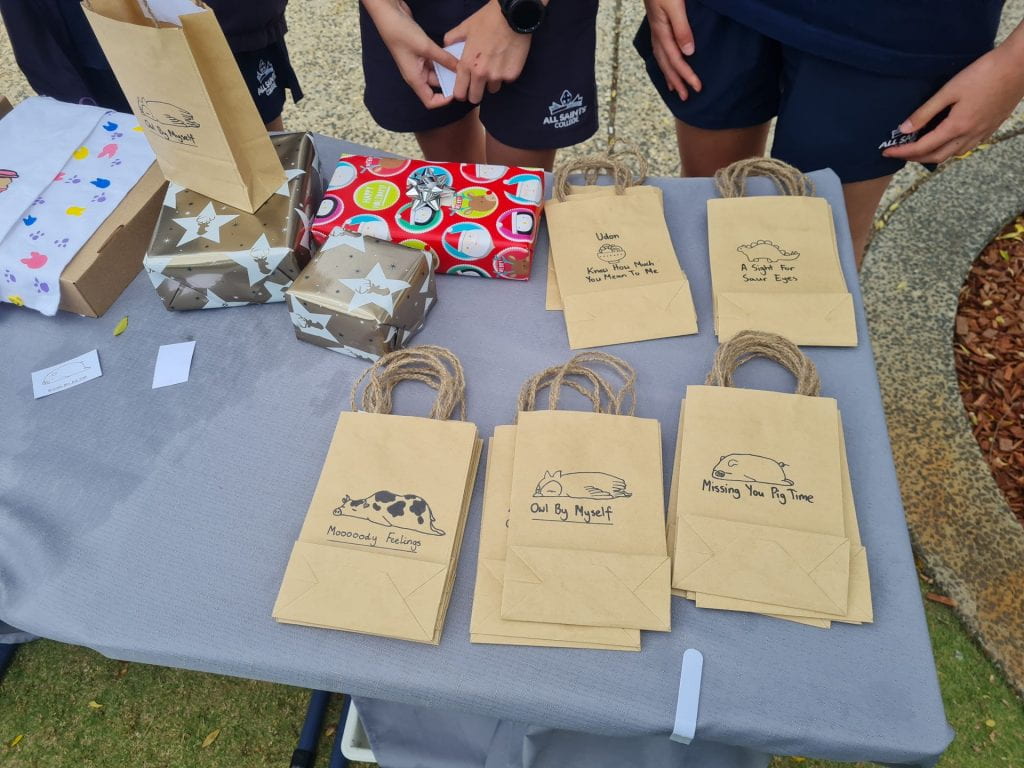
Process of Our Advertisement
In our English lessons, the aspect of our business we focused on was our advertisement. We had to create a product ad that we would hang up around the school. How we used the Design Thinking Process:
Step 1- Empathise: To start off the process, we first learnt the different persuasive methods and visual techniques that could be implemented onto an ad to make it more appealing. Eg. Humour, Rule of Three, using different fonts, metaphors, similes, hyperboles etc.
Step 2- Define: Before ideating, we discussed and made sure everyone understood clearly who we were trying to appeal to so that we could begin thinking what type of strategies would suit our product and ad.
Step 3-Ideate: We started brainstorming and sketching/writing down phrases, ideas, and concepts that would be suitable for our advertisement and logo. Some ideas that we came up with were using humour/puns since that was the main aspect of our bags, using alliteration for our business name, and having one of our members model the bags to interest the reader with its awkwardness or let their friends know which store is ours.
Step 4 and 5- Prototype and Test:
Prototype 1: We originally got our member Asha to model out bags and pouches and tried to cram everything in a limited space which included descriptions of everything, photos of the designs, and a bundle deal that we were going to sell. When we finished, we asked feedback from our teacher and peers to get their view on how it looked. Overall, it was too crowded, the body text was too small and wasn’t needed, the logo was a bit too blurry, and we decided to abandon the bundle deal idea.
Prototype 2: After the first version, we agreed to restart all over again and make something more simple, less busy, and add more bigger pictures. We completely changed the design/aesthetic and added more variety to the text colours, fonts and sizes, and focused more on pictures of just the designs not the whole bag. Then, we asked for more feedback from our teacher and peers. Things to work on were: there wasn’t enough body text, we should have a picture of the actual products, and we could format the pictures differently.
Prototype 3: By the time our final version had been made we also finished painting all our bags, so we were able to choose the most-liked designs from our class and take pictures to put on our ad. Some things we changed were the placing of the pictures, changed the colours of some text to make it easier to see, inserted a picture of all our 3 products, and added some body text.
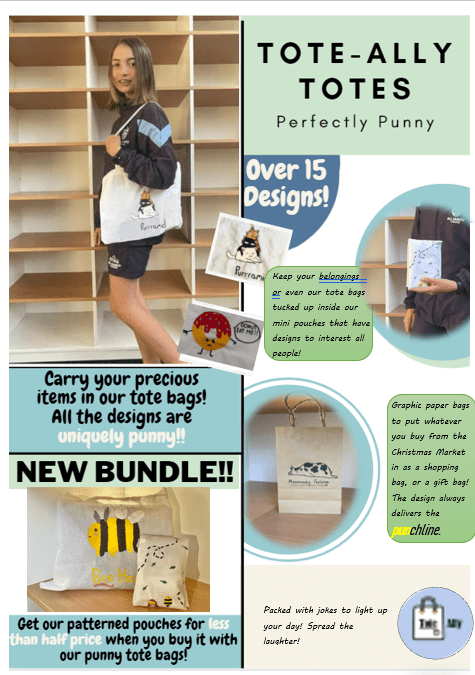


In the end:
Overall, I think the year 7 Christmas Market was an extremely fun project that taught me a lot of useful strategies and information that could be used for life in the future. The project allowed the chance for us to experience the gist of what making a business is like and how to handle running or being in the retail industry. It was a wonderful assignment and I hope it continues to stay in the year 7 curriculum.
